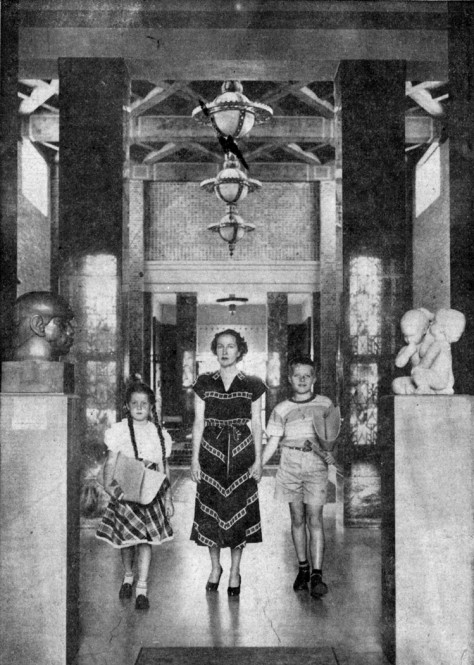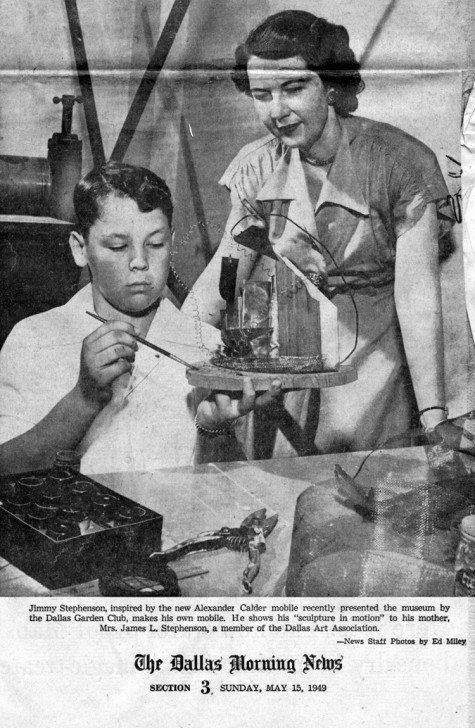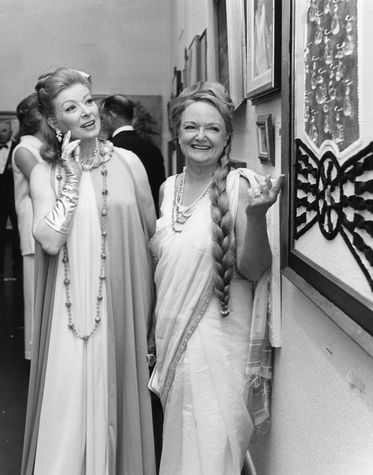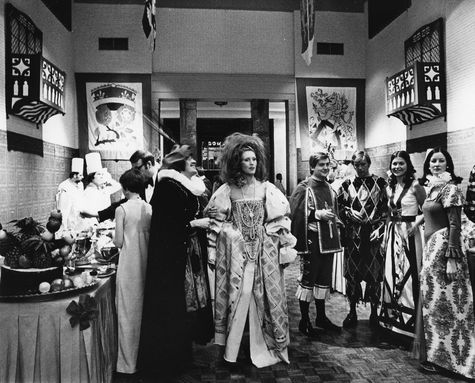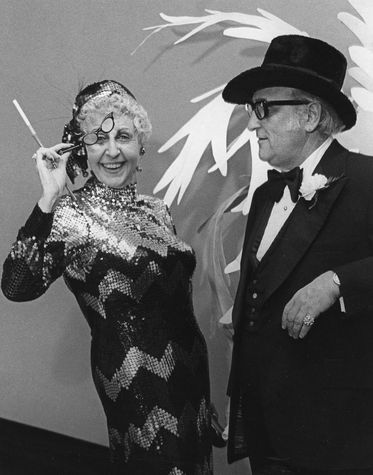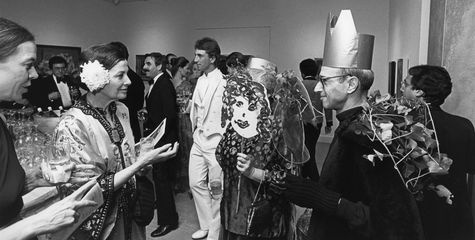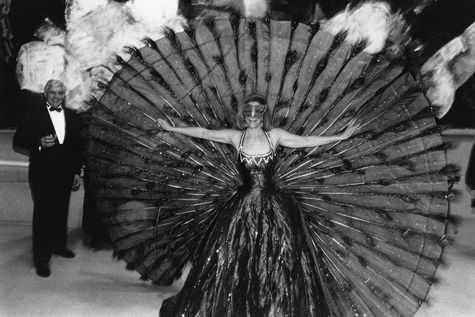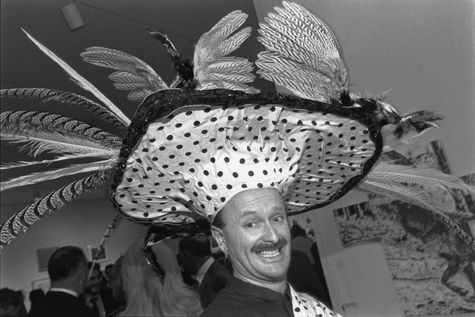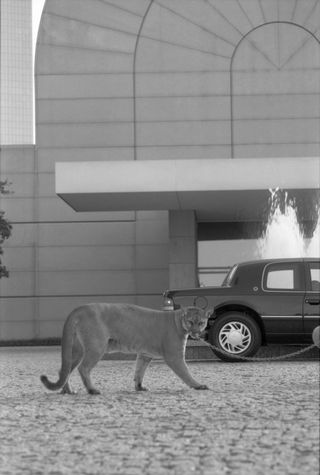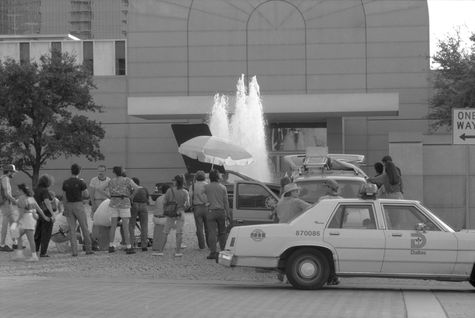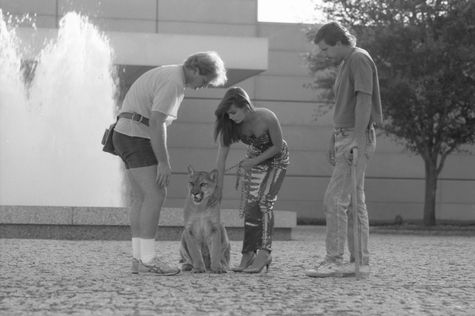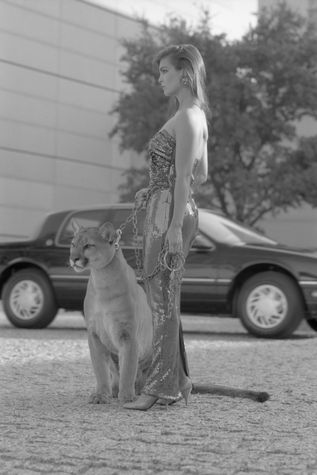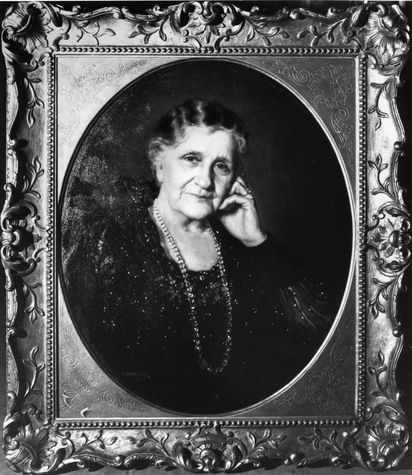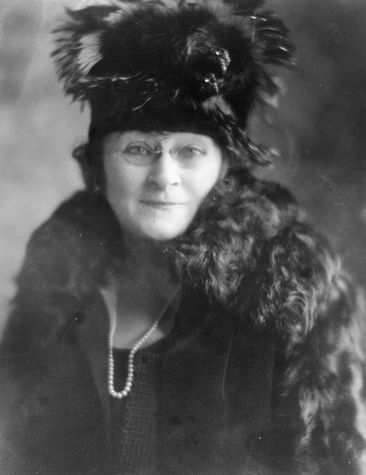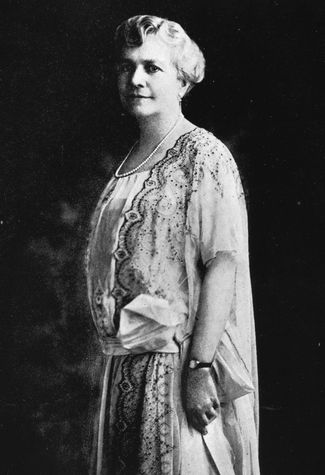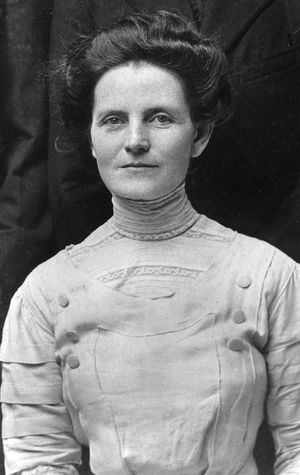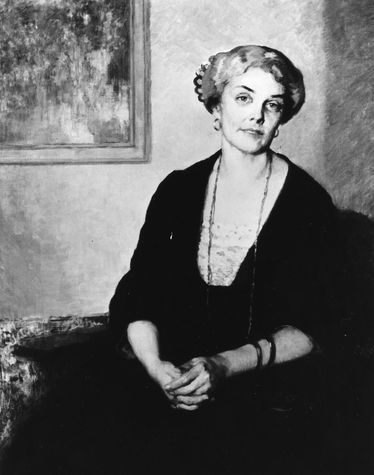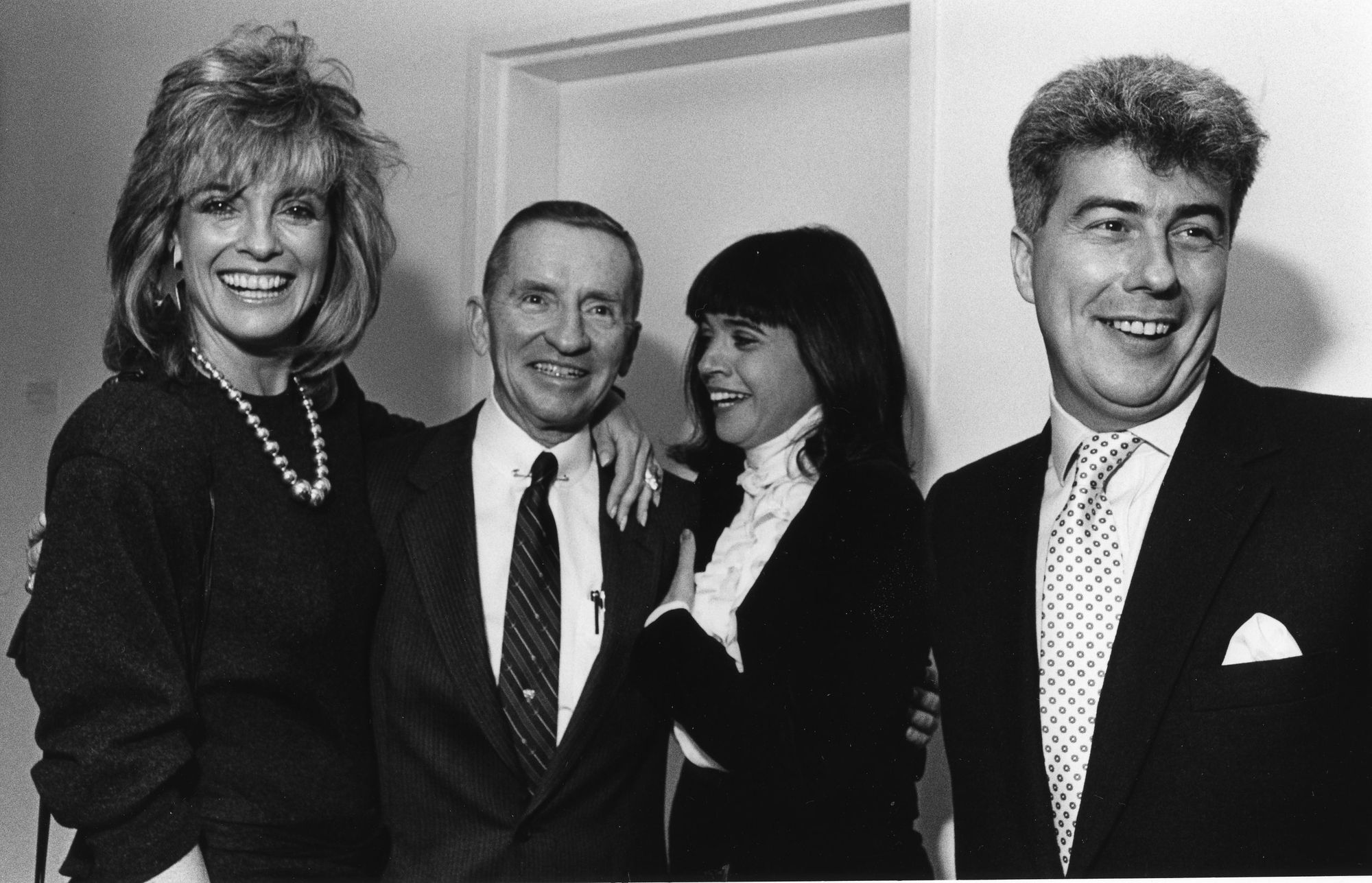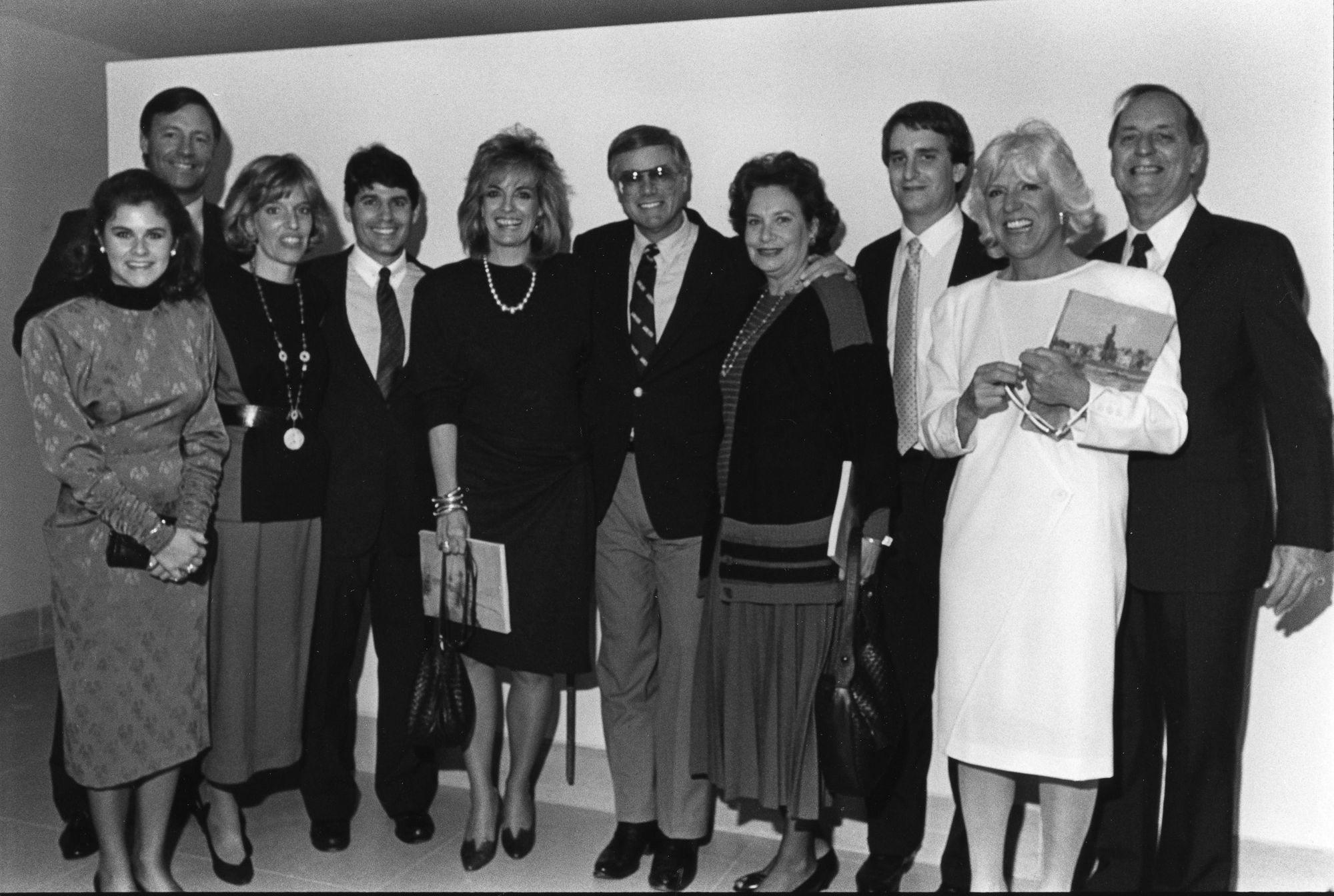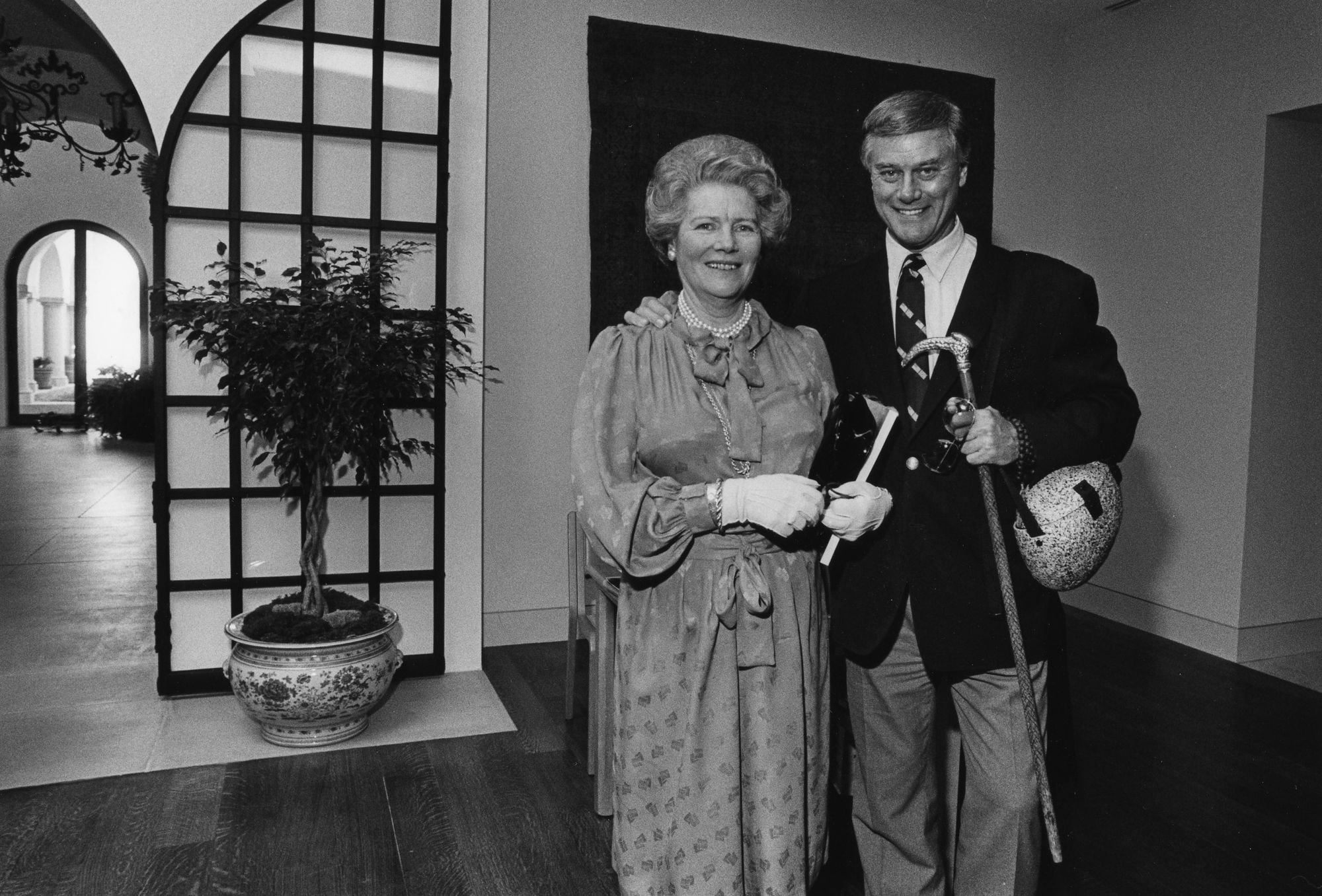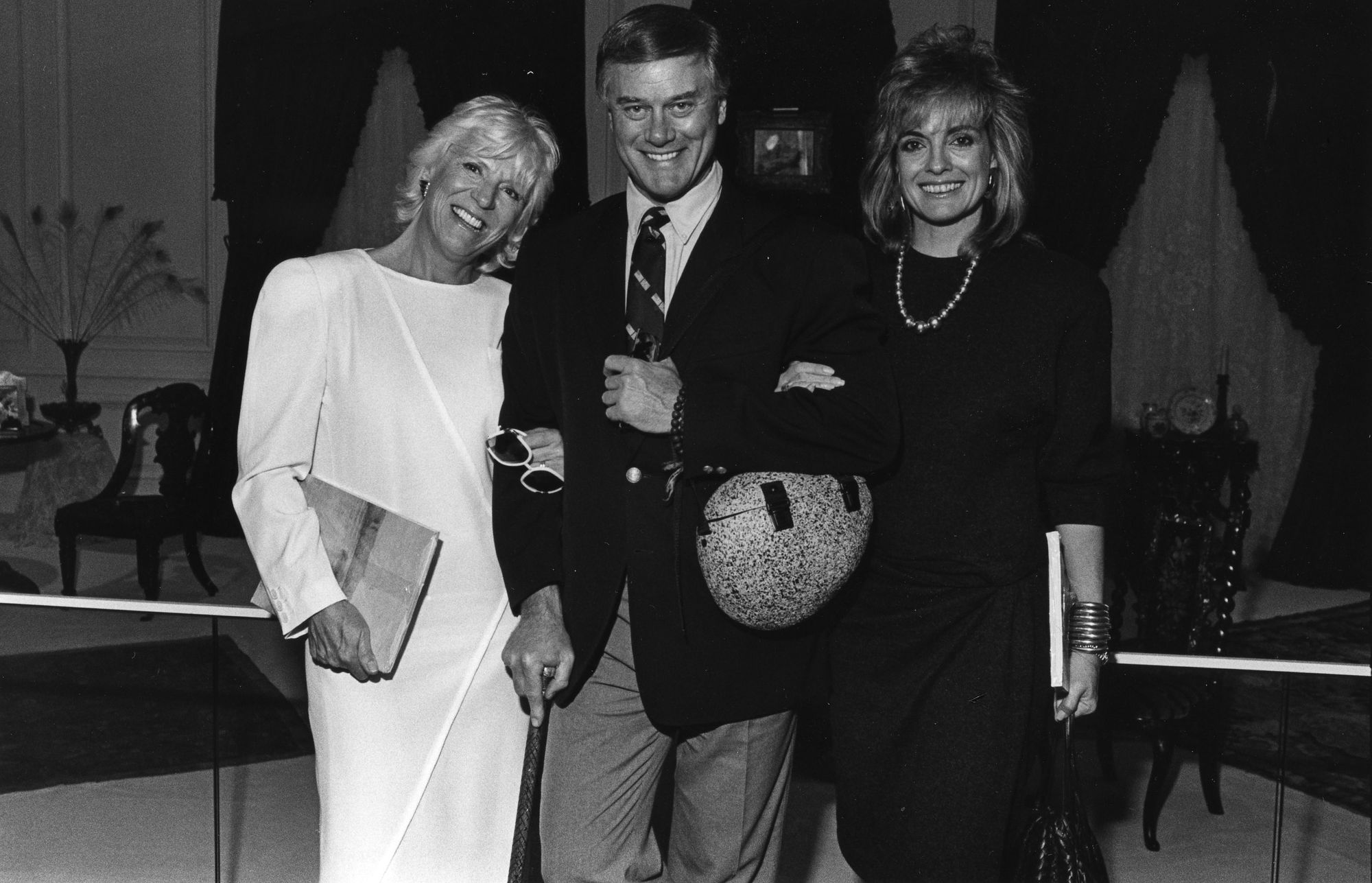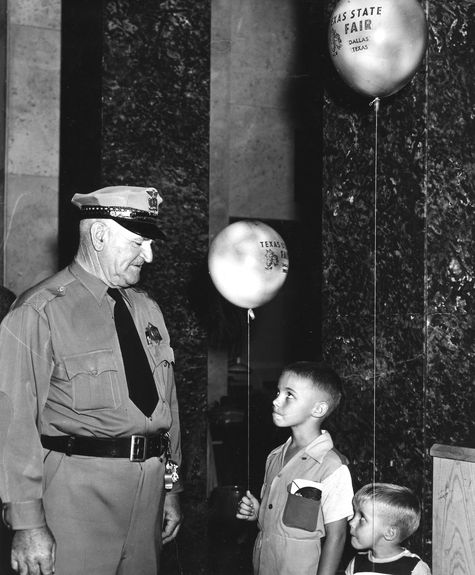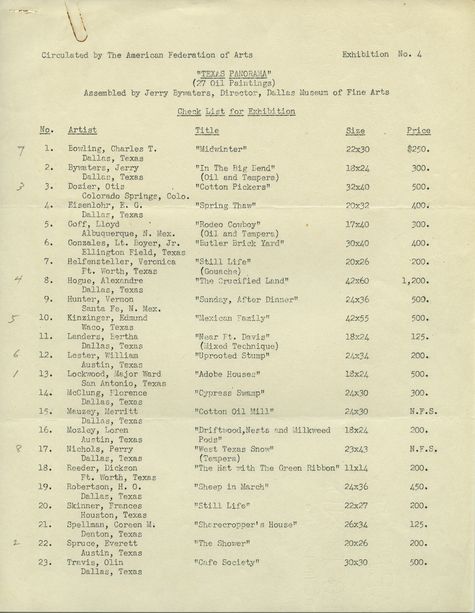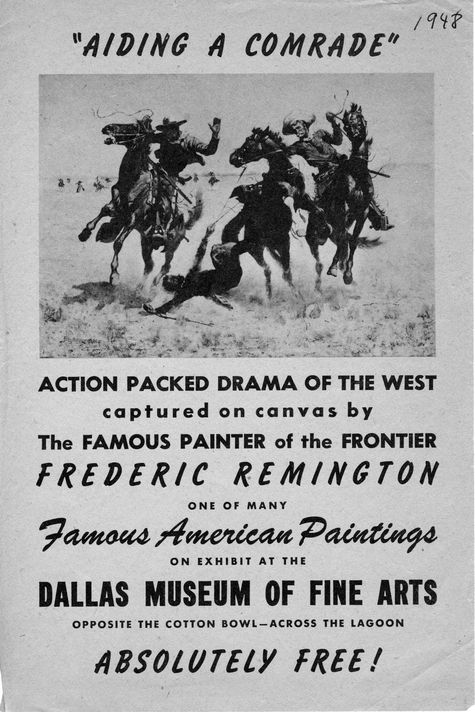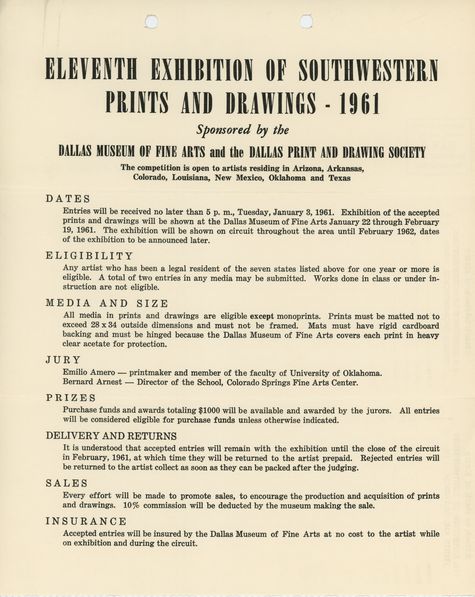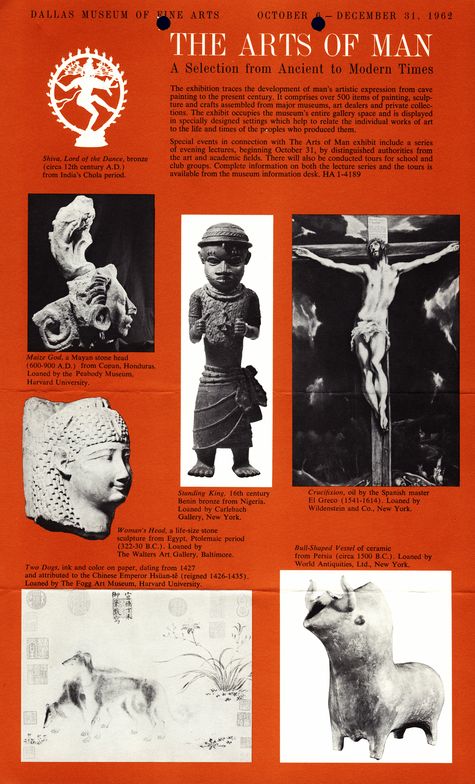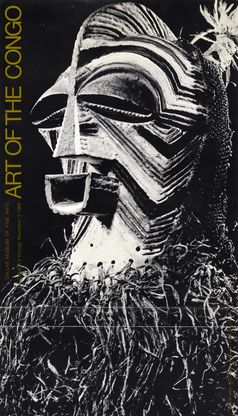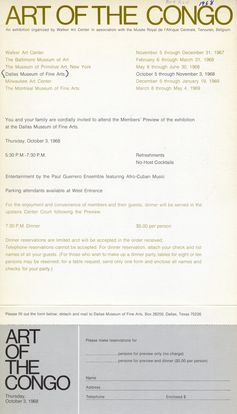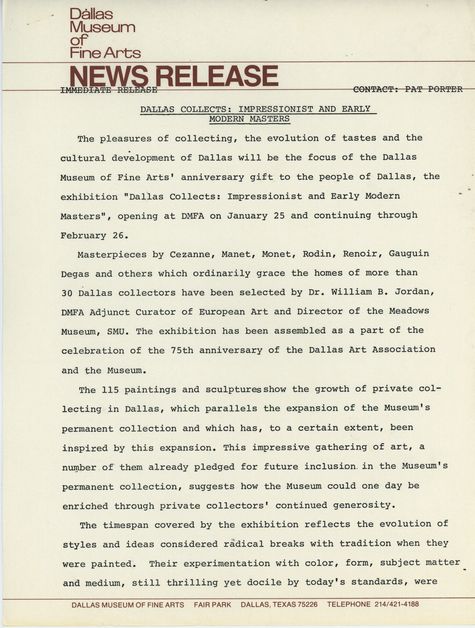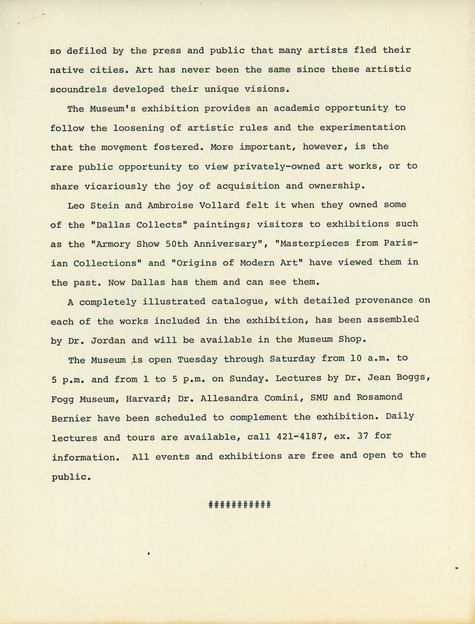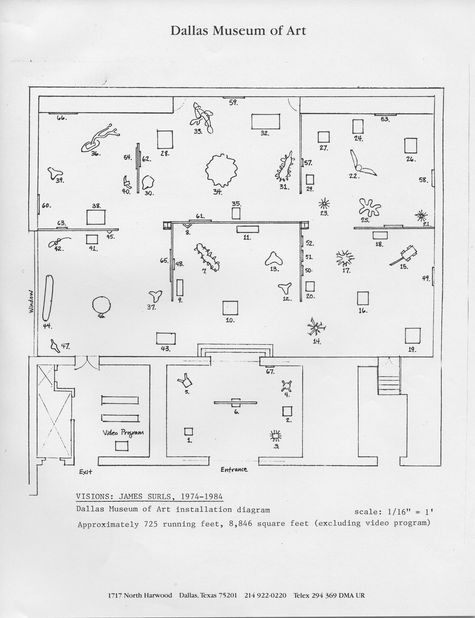With the 75th anniversary of the Texas Centennial Exposition around the corner, we decided to dive into our archives and share some of our finds with you.
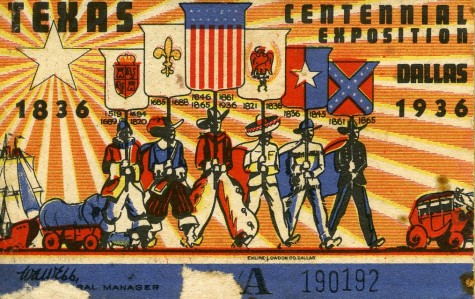
- Texas Centennial Exposition ticket
Seventy-five years ago, in the summer of 1936, people throughout Texas and the United States traveled to Dallas for the Texas Centennial Exposition. The Exposition, held at Fair Park, was both a world’s fair and a gateway to attractions and events throughout the state celebrating the 100th anniversary of Texas’s independence from Mexico.
The following four photographs are from a set of twenty images published by John Sirigo, official photographer for the Texas Centennial Exposition, as “Genuine Official Photographs, No. 1.”
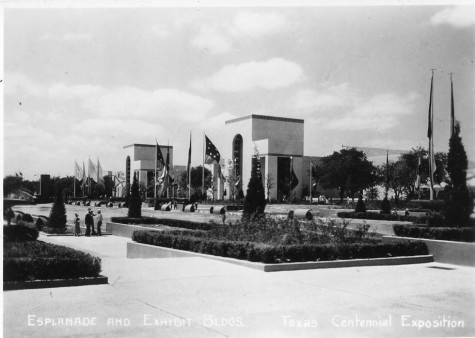
Texas Centennial Exposition, Esplanade and Exhibit Buildings
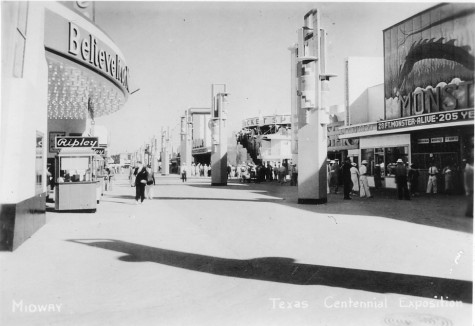
Texas Centennial Exposition, Midway

Texas Centennial Exposition, State Building
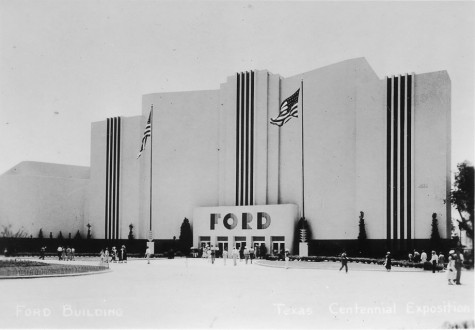
Texas Centennial Exposition, Ford Building
Advertised as An Empire on Parade, attractions included the Esplanade of State; exhibit halls and sponsored pavilions focusing on major industries in Texas; The Cavalcade of Texas, a living saga of over four hundred years of Texas history; Sinclair’s Dinosaurs, a prehistoric “zoo” of dinosaur reproductions; The Old West, with replicas of historic buildings; the Midway; and the Civic Center, made up of six units of cultural and educational attractions.
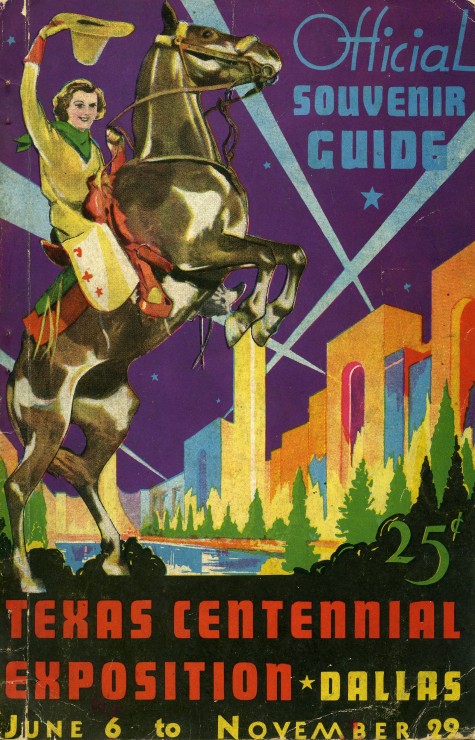
Souvenir Guide
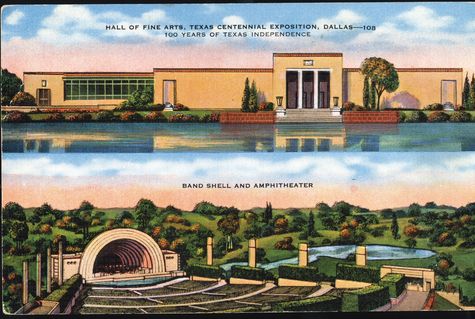
Postcard view of museum building (E.C. Kropp Co., Milwaukee, Wis.)
The Hall of Fine Arts, the largest building in the Civic Center, was the permanent home of the Dallas Museum of Fine Arts, now the Dallas Museum of Art, for nearly fifty years. For the Exposition, the Museum held an enormous exhibition of paintings, sculpture, and graphic arts, including European art from before 1500 to contemporary Texas painting and everything in between. The exhibition, which filled the whole building, included almost six hundred works of art loaned by ninety-six major museums, galleries, private collectors, and artists.
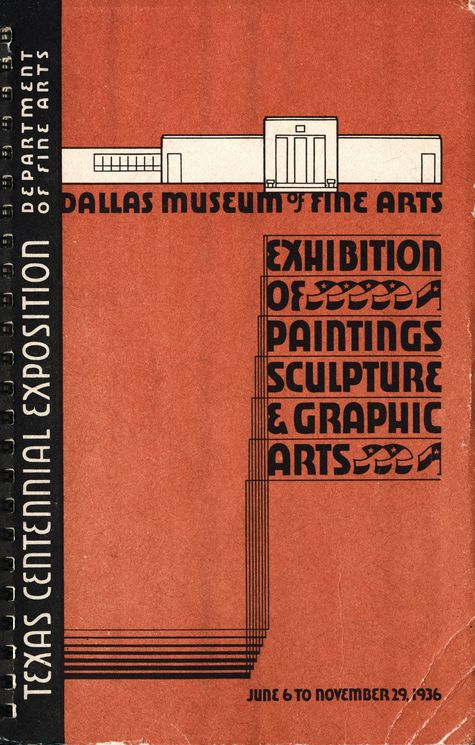
Texas Centennial Exposition, Exhibition of Paintings, Sculpture & Graphic Arts, catalog cover
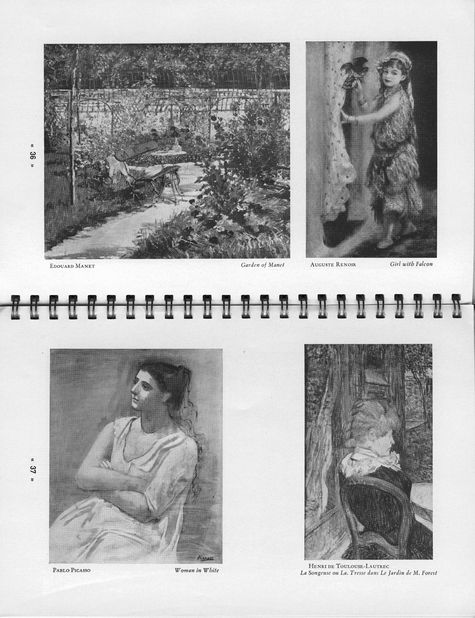
The French Room at the Texas Centennial Exhibition included works by Manet, Renoir, Picasso, and Toulouse-Lautrec.
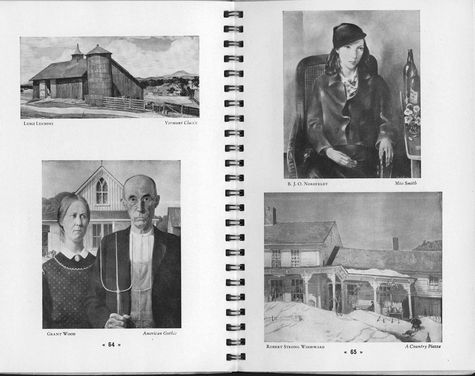
Grant Wood's "Amercian Gothic" was in the Contemporary American Paintings section of the Texas Centennial Exhibition.
The Texas Centennial Exposition ran from June 6 to November 29, 1936, and over six million people attended. Exhibit halls constructed for the Exposition still form the core buildings at Fair Park.
Hillary Bober is the Digital Archivist at the Dallas Museum of Art.

